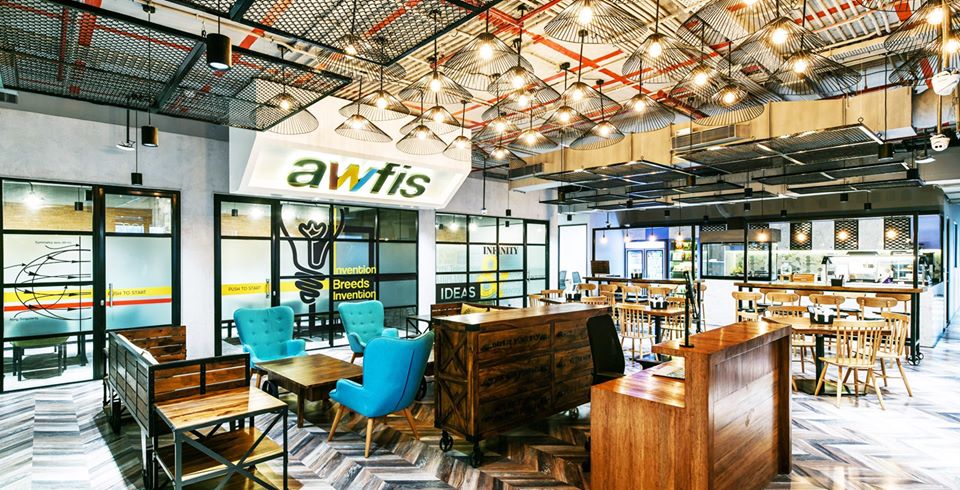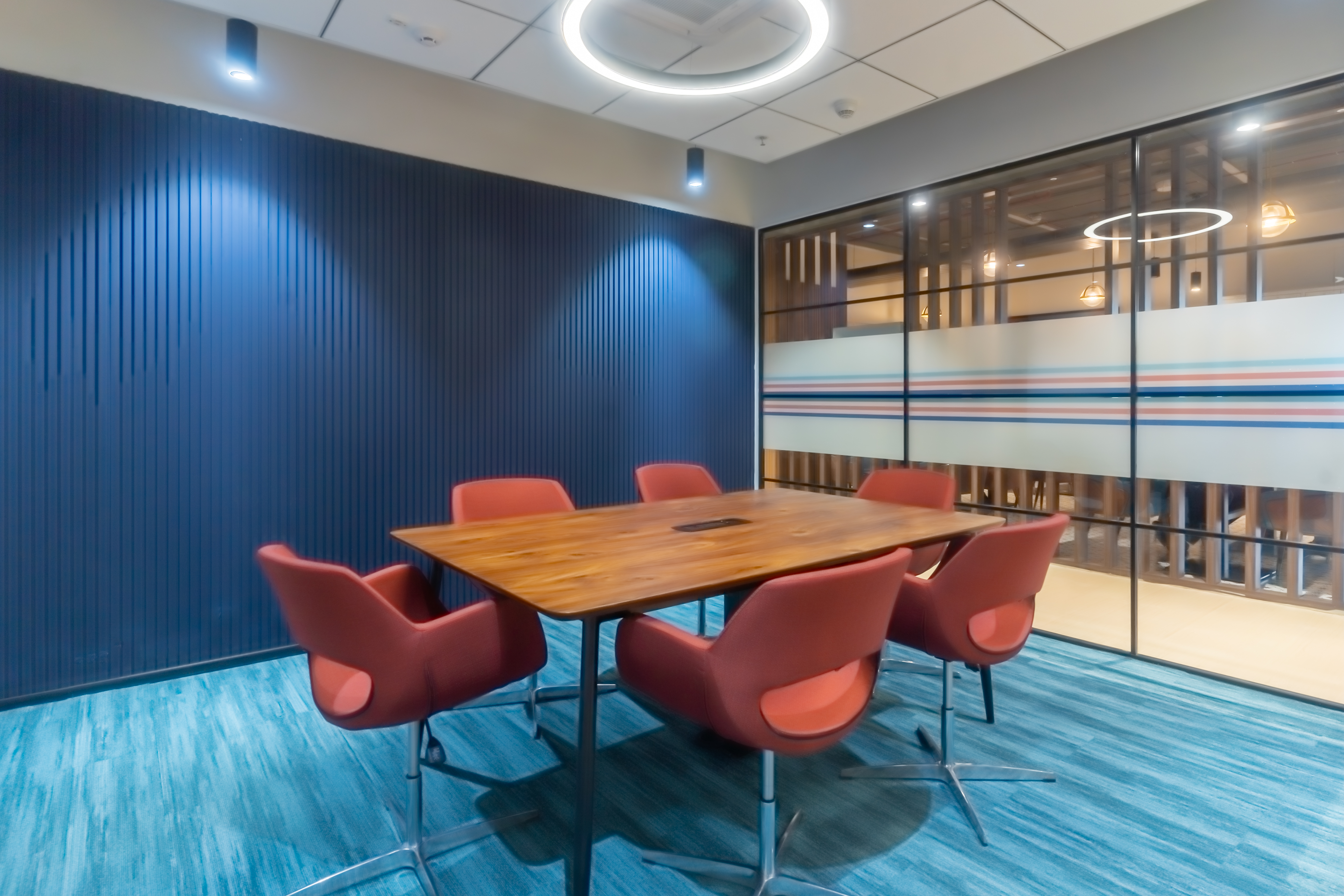Creating a workspace that promotes productivity and collaboration for employees with diverse work preferences is an art that requires careful consideration and thoughtful execution. By understanding the unique needs of individuals and incorporating design elements that cater to a range of work styles, organizations can create an inclusive environment that maximizes employee well-being and performance.
One key aspect to consider is the need for a balance between solitude and collaboration. While some individuals thrive in quiet, focused environments, others draw energy from social interactions. Acknowledging that different work styles require varying degrees of alone time and collaboration can help in creating a workspace that accommodates these preferences.
To achieve this, workspace designers can create designated areas that cater to different activities. Enclosed spaces or private nooks provide individuals with a quiet retreat where they can focus and work without interruptions. Additionally, open workstations or shared areas foster opportunities for spontaneous interactions and collaboration. By incorporating a mix of spaces that cater to various work styles, designers can establish an environment that accommodates the preferences of all employees.
In addition to spatial considerations, technology usage also plays a significant role in shaping the workspace. While technology can enhance communication and collaboration, it can also be a source of distraction. Establishing guidelines around technology usage, such as designated times for checking emails or implementing mindful tech practices, can create a workspace that supports individuals’ needs for focus and concentration while still allowing for collaboration and communication.
Cultural considerations are equally important when designing a collaborative workspace. An office culture that values both individual work and collaboration promotes inclusivity and ensures that employees feel supported. By emphasizing the importance of different work styles and fostering a culture of respect and understanding, designers can create an environment that celebrates diversity and encourages collaboration.
To cater to a range of work preferences, specific design elements can be employed. Enclosed workstations or privacy screens provide individuals with the option to work in a more secluded setting when needed. Collaborative areas, such as flexible meeting spaces or communal lounges, offer opportunities for team discussions and creative brainstorming sessions. Integrating elements that promote well-being, such as natural lighting, comfortable seating, and plants, can enhance the overall work environment and positively impact employee satisfaction.
In conclusion, designing a workspace that accommodates different work preferences requires careful thought, attention to detail, and an understanding of the benefits of both solitude and collaboration. By creating a diverse range of spaces that cater to various work styles and incorporating elements that promote well-being, organizations can foster a culture of inclusivity, collaboration, and productivity that benefits all employees.




